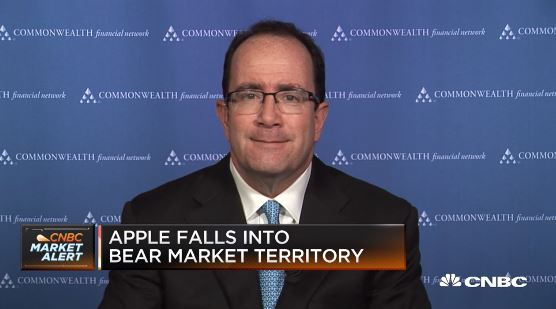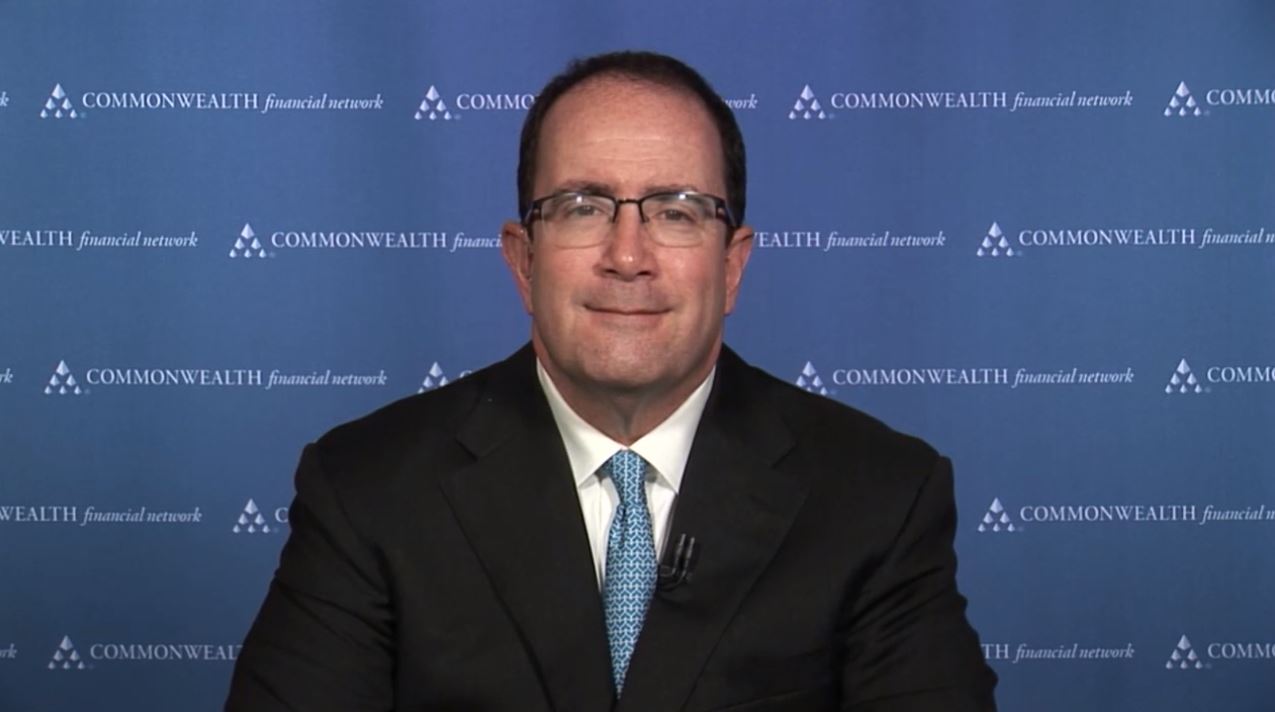I want to take a break today from the next world discussion to check in on the stock market. Since the pullback in October and the bounce after the midterms, we have seen a slow and continuous decline. I have been hearing more questions and concerns, so let’s take a look at what is going on.














